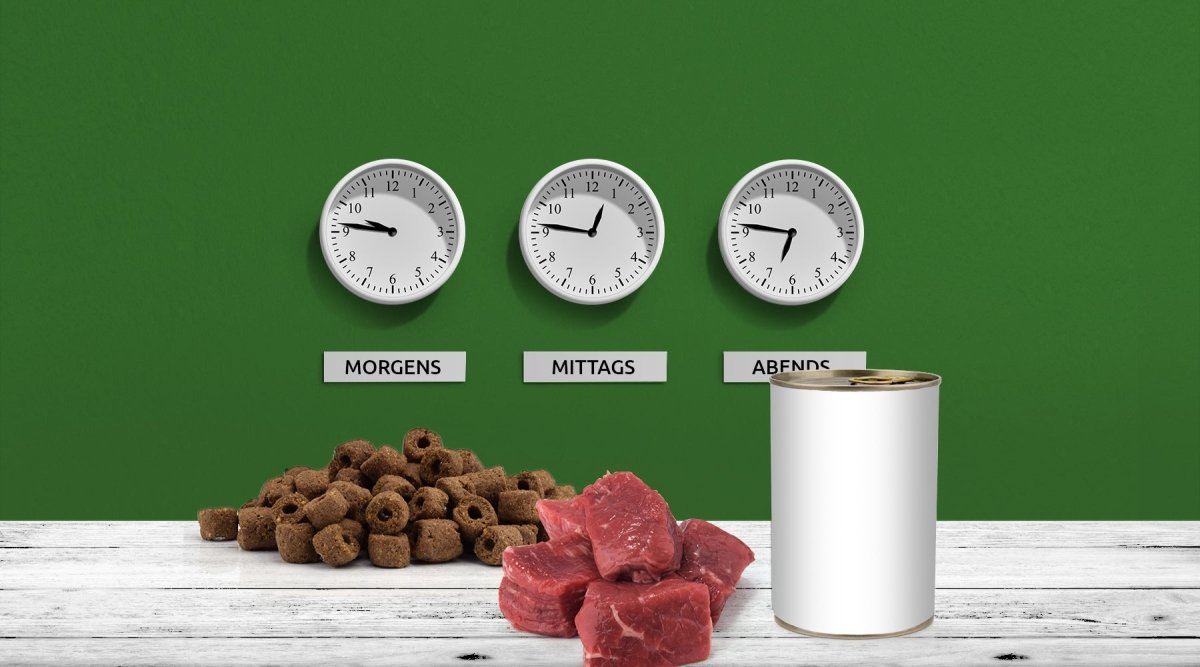Bird flu, also known as avian flu or avian influenza, continues to spread in Germany. Time and again we read in the news about countless animals being killed in poultry farms. Other European countries are also reporting new cases every day. You are probably wondering whether your dog is also at risk from the highly contagious pathogen H5N8 or the newly emerged bird flu virus H5N5. Even if dogs and cats have not yet been infected, many regions require them to be kept on a lead. Find out everything you need to know about this highly contagious disease for birds and how to behave correctly when walking your dog.
Why bird flu is so dangerous
Avian influenza has now appeared in 23 European countries. All federal states except Saarland are fighting against the spread of bird flu. If you become aware of a case of the disease, it must be reported.
As the name suggests, the avian influenza virus (HPAI) of the subtype H5N8 occurs particularly in birds. Initially, it mainly affected chickens and turkeys, but the virus is now also spreading in the wild and in zoos. Ducks and geese are particularly at risk as carriers and transmitters of the virus, while the virus can remain inconspicuous in wild birds. Swans and seagulls can also be carriers. Despite protective measures, domestic poultry flocks can still be infected. Migratory birds in particular play a major role in the rapid spread of the virus. Currently, 46 different bird species are already infected.
Symptoms of bird flu
Affected birds can be recognized by the following symptoms:
- Depression
- Loss of appetite
- Unwillingness to lay
- Severe apathy
- Fever
- Coughing & Sneezing
- Shortness of breath
- Pronounced crop edema
- Swelling and blue coloration of the comb, wattles and feet due to blood accumulation
- Central nervous disorders
- Watery, slimy, greenish diarrhea
Sudden deaths are also represented. Suspected cases should be reported immediately to the local veterinary office.
Risk of infection from bird flu for humans and animals
There have been no known cases of illness in humans caused by the H5N8 and H5N5 pathogens. Nevertheless, you should know how bird flu is transmitted, as humans can indirectly transmit the pathogen via uncleaned and disinfected clothing, shoes, hands, food, manure, etc. Most animals become infected via the airways, secretions and excretions and through direct animal-to-animal contact. Airborne spread is also possible.
Is bird flu contagious for your dog?
First, the good news: so far, neither cats nor dogs have been found to be infected with bird flu. Nevertheless, dog owners in many federal states are forced to keep their animals on a lead. These restricted or observation areas are indicated by appropriate signage. The aim is to prevent our four-legged friends from spreading the bird flu pathogen, for example because the droppings of infected animals stick to their paws or fur or dead birds are carried away by dogs or cats. Restricted areas apply for 21 days if there are no new cases of the disease, observation areas for 15 days.
Measures to combat bird flu
One measure would be vaccination against bird flu. This is a controversial topic. Vaccination protects against the symptoms, but not against the infection, i.e. the vaccinated birds can still transmit the virus. There is a risk that bird flu could remain undetected due to vaccination and thus spread uncontrollably. Vaccination is therefore a controversial measure.
Once a suspected case of bird flu has been investigated and confirmed by the authorities, measures are introduced to prevent the spread of the virus. A 3 km exclusion zone and a 10 km observation area are ordered. The infected farms and the farms where the outbreak is also suspected are cleaned. This means that the poultry present will be killed and destroyed in accordance with animal welfare regulations. The farms with poultry within a certain radius of the infected farm are then also cleared. At the same time, efforts are made to prevent the spread of the avian influenza virus from the outbreak area through animal contact, indirect contact via people, transport containers, packaging material, egg cartons or litter by means of optimum hygiene, disinfection measures, entry bans, etc.
Your dog must then be kept on a lead in the established restricted areas. However, the consumption of poultry meat, eggs and other poultry products is safe, as the virus is already killed at +70° Celsius. It is therefore harmless after normal cooking.
You can find further information at
www.bfr.bund.de/cm/343/aktueller-vogelgrippe-ausbruch-virusuebertragung-h5n8-durch-den-verzehr-von-gefluegelfleisch-und-gefluegelfleischprodukten-unwahrscheinlich.pdf
As a dog owner, you can help prevent the spread of the virus by following the instructions and thus protect other animals.





